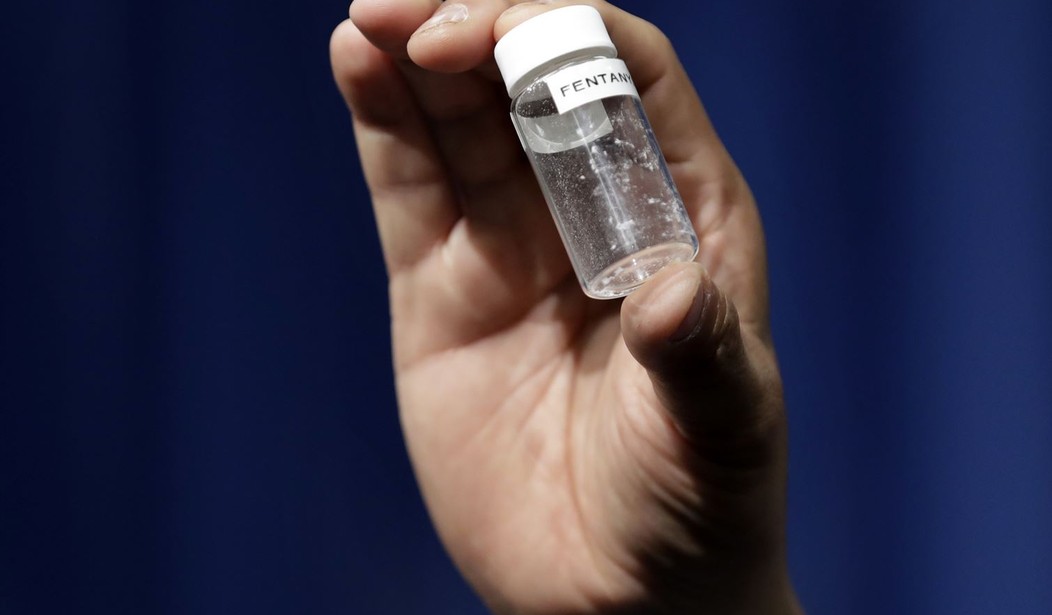“America has finally solved the fentanyl crisis!”
This is the headline that we all anxiously await in the United States, and given the collective media amnesia of the last two years and lack of reporting on the issue, you would be forgiven if you thought that was the case. Unfortunately, the reality is quite the opposite. The opioid crisis in America continues to rage on, but it appears that policymakers in Washington, D.C., are finally set to try a new approach.
On July 31, President Biden released a new National Security Memorandum directing several government agencies to redouble their efforts through a coordinated, strategic, and information-driven focus on disrupting the supply chain of illicit fentanyl and other synthetic opioids. This is a welcome development that will hopefully amplify the impact of the new law enforcement initiatives and various commissions and coalitions the administration has launched over the last several years. But it is only one piece of the puzzle. State and local law enforcement must also do their part to combat the opioid crisis and must be properly resourced to do so.
Fortunately, a series of legal settlements with companies involved in the manufacturing, distribution, and sale of opioid prescriptions should help make this a reality. All told, approximately $55 billion in such payouts have been agreed to with state and local governments, but by far the most notable is the $26 billion global settlement reached in February 2022 with a manufacturer and several distributors of opioids.
Funds from this settlement have started flowing into local communities nationwide, providing their law enforcement and public health agencies with real help that is desperately needed and resulting in several success stories. The Kansas Bureau of Investigation received $110,000 in settlement money to expand its joint fentanyl impact team, while Louisiana has said it plans to give 20% of the $325 million in settlement funds it is receiving, $65 million in total, directly to sheriffs to help bolster efforts to end the opioid crisis in that state. Such examples show how these funds can be used to help dismantle the criminal enterprises pushing this poison on our streets.
Charleston County, S.C., meanwhile, has added or strengthened more than a dozen government programs and partnerships since last year with its share of the settlement funds and has hired an opioid initiative coordinator to serve as a connecting point for several partnering organizations and departments. They have also invested in sequential intercept model (SIM) mapping, which helps communities identify resources and gaps in services and develop local strategic action plans to help divert people with mental and substance use disorders away from the justice system into treatment.
Unfortunately, there are still a handful of notable handouts to the settlement that could ultimately hamper broader nationwide progress. Most notable is the city of Baltimore, which has decided to forego its $100 million share of the settlement in the hopes of securing a bigger payout in court. As the “U.S. Overdose Capital,” according to one prominent news outlet, Baltimore’s refusal to join the settlement is conspicuous, to say the least. Given the fact that just a few short years ago the city was hailed for its response to addiction, it further shows how refusing to participate in collaborative efforts to end the opioid crisis can undermine nationwide efforts and have disastrous effects.
The fact is the opioid crisis is still in full swing, and the country does not have time to wait for resources that may result from drawn-out litigation that has proven to be unsuccessful in other courts of law. More than 80,000 Americans succumbed to opioid overdoses last year, and overdose deaths among children ages 12 to 17 have doubled across the country since the start of the pandemic. As illicit opioids continue to pour into our country and we stare down the barrel of a fourth wave of the opioid crisis, it is clear that the time for action is now.
Many of us are familiar with the old proverb that “it takes a village.” At the end of the day, this will be true for ending the opioid crisis in America. Leaders at both the state and federal level must march in lockstep to counter the criminal elements wreaking havoc in our communities and to ensure those suffering from addiction receive help they need.









Join the conversation as a VIP Member